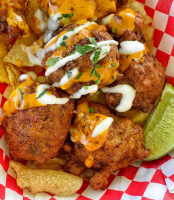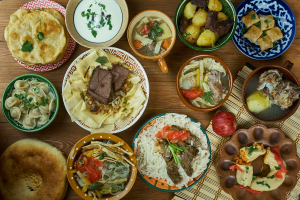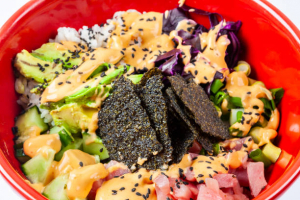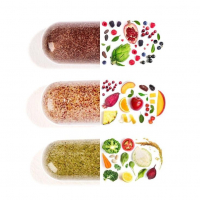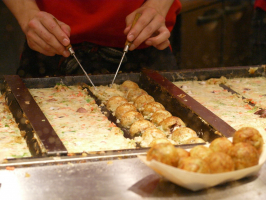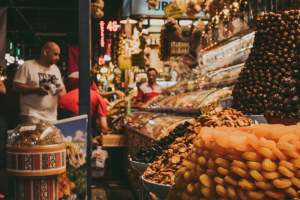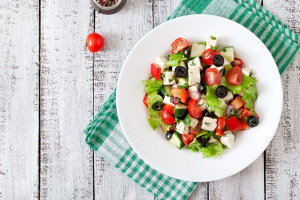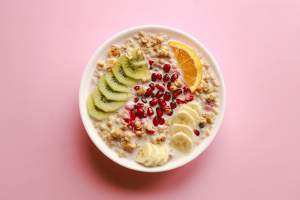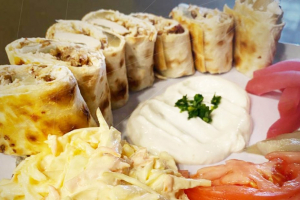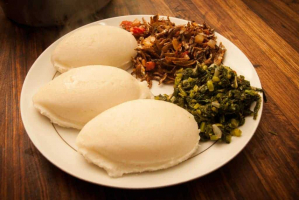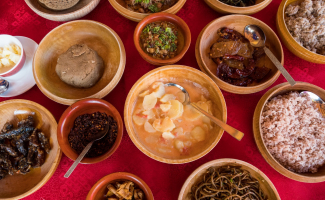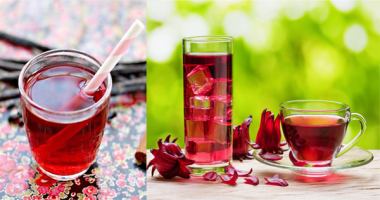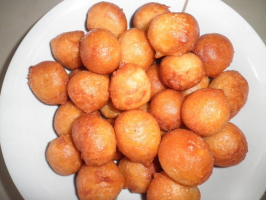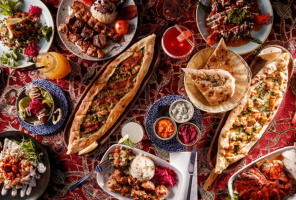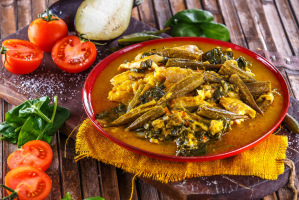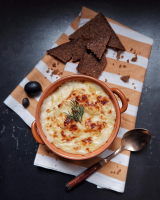Top 15 Best Nicaraguan Foods
Nicaraguan food, a Central American cuisine as diverse as it is flavorful, has a plethora of delights to offer, depending on where you are in the country. Are ... read more...you planning a trip to El Nicaragua to sample their delicacies? Toplist has compiled Top 15 Best Nicaraguan Foods into this article.
-
Nacatamales are Nicaraguan tamales wrapped in plantain leaves (banana leaves) and stuffed with chicken or pork, bitter orange, potatoes, rice, bell pepper, chilis, and other ingredients.
On festivals and casual Sundays, nacatamales are frequently stuffed with prunes, olives, capers, and raisins. This breakfast is typically served with coffee and bread in the morning. Nicaragua's most traditional food, nacatamales, will give you a taste of the Pacific coast, Latin America, and the neighboring countries—Guatemala and Mexico.
To enhance the flavors and textures of the banana leaves, they are first steamed. The locals then apply a thick layer of corn masa (dough/paste) that doubles in size after steaming. Unlike Guatemalan tamales, which are made with only a few ingredients, nacatamales are made with chicken, pork, and bitter orange.
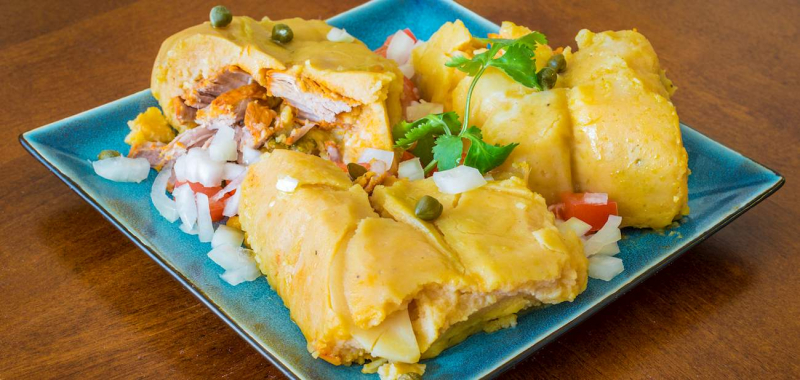
Photo: tasteatlas.com 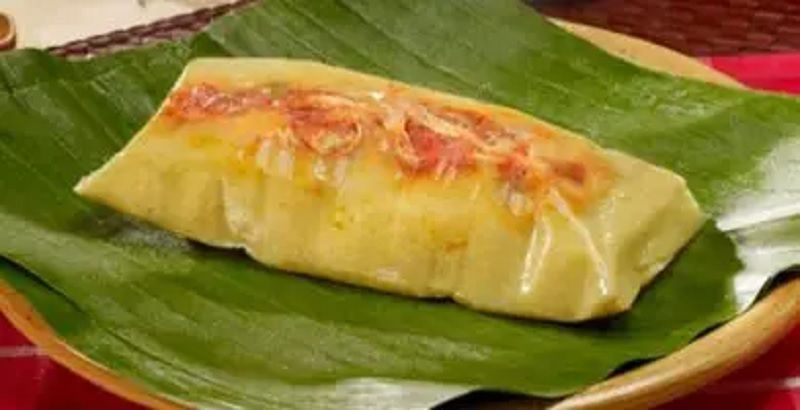
Photo: RECETAS DE HONDURAS -
Sopa de cola, or oxtail soup, is a traditional Nicaraguan soup. The soup is typically cooked in a large metal pot over an open fire. Oxtail is cooked slowly in water with a variety of vegetables, herbs, spices, and seasonings added at staggered intervals throughout the cooking process.
Onions, scallions, carrots, tomatoes, bell peppers, chayote squashes, pipián squashes, chilote (baby corn), quequisque (a starchy root), ripe plantains, ears of corn, cilantro, and lemon juice are typical ingredients used in the preparation of this rich soup.
The slow-cooking method yields a flavorful broth filled with tender bone-in meat and vegetables. Sopa de cola is typically served piping hot, with rice or chili peppers on the side.
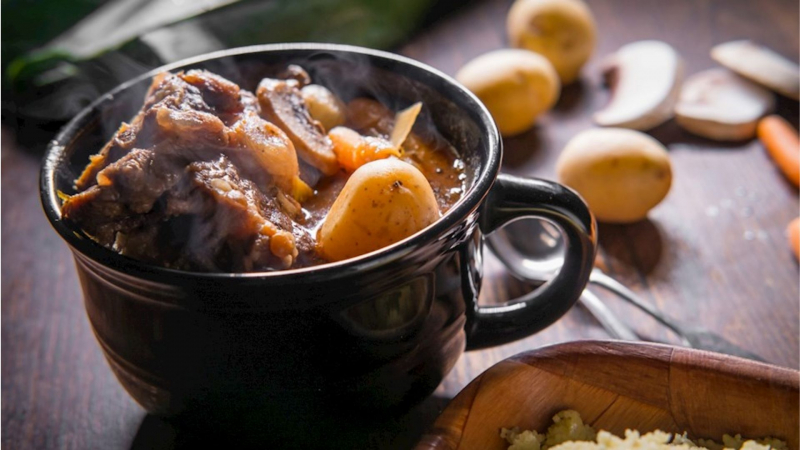
Photo: tasteatlas.com 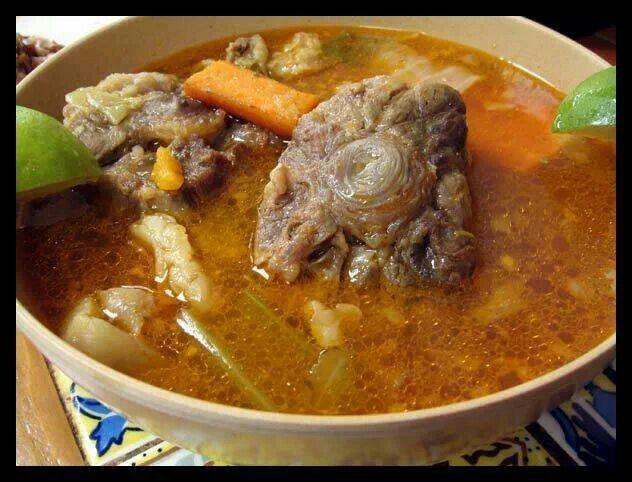
Photo: Pinterest -
Gallo pinto, also known simply as pinto, is Costa Rica's traditional national dish. Although there are numerous variations of the dish, at its most basic, it is a combination of cooked and fried rice and beans with herbs and vegetables such as cilantro, peppers, celery, and onions.
The dish's name translates as "spotted rooster," alluding to the fact that the combination of beans and rice creates a spotted, speckled appearance. It is typically served as a side dish for breakfast (along with eggs or meat), lunch, or dinner, and occasionally with all three meals of the day.
The dish's origins are most likely Nicaraguan, with the name dating back to the 1900s, sparking a rivalry between the two countries, so it is not only a Costa Rican national dish, but also a Nicaraguan one. The obvious distinction is that the Costa Rican version contains black beans, whereas the Nicaraguan version contains red beans.
Regardless of its origins, the rivalry persists, and gallo pinto remains a staple of both cuisines, with a small bottle of Salsa Lizano on the side in Costa Rica, a spicy condiment that serves as a reminder of which country's version of the dish is being consumed.
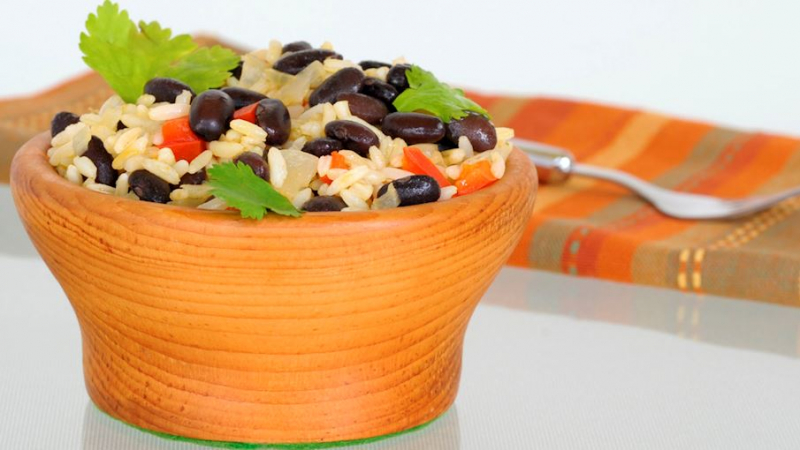
Photo: shutterstock 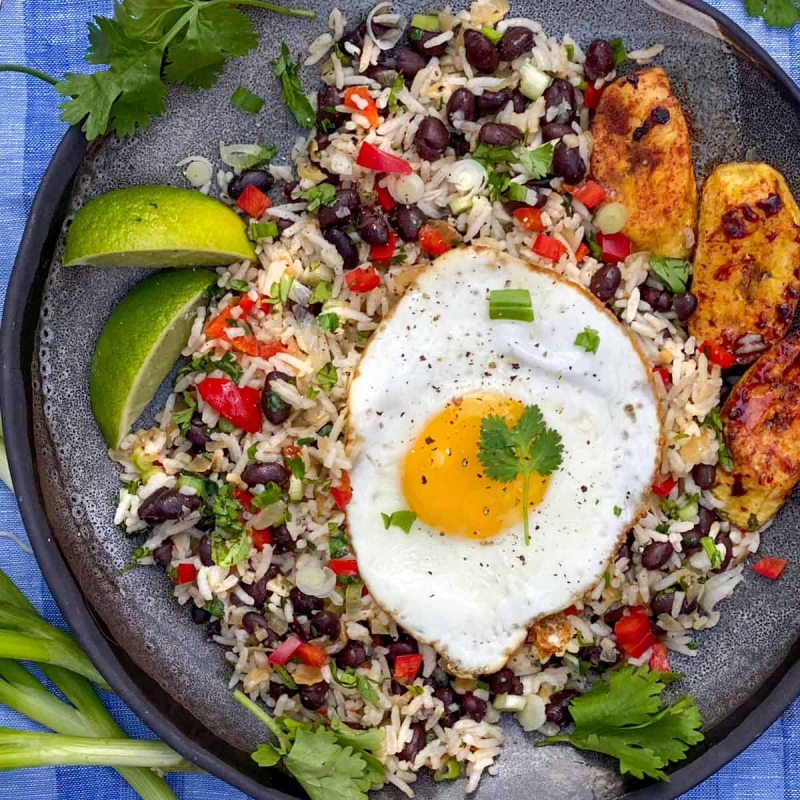
Photo: Panning The Globe -
Vaho or baho is a popular Nicaraguan dish that is also a great hangover cure. It is prepared by wrapping a mixture of beef, yuca, and plantains in banana leaves and steaming the resulting concoction. The term vaho refers to the method of preparation and means steam or mist.
To improve the flavor and texture of vaho, onions and peppers are sometimes added. This dish is traditionally prepared on weekends and served on Sunday afternoons, usually with curtido (cabbage relish).
Try this dish at least once if you plan a trip to Syria in the future. Your trip will not be complete unless you try this dish. Many visitors are pleasantly surprised by its distinct flavor and report having a pleasant experience with it.
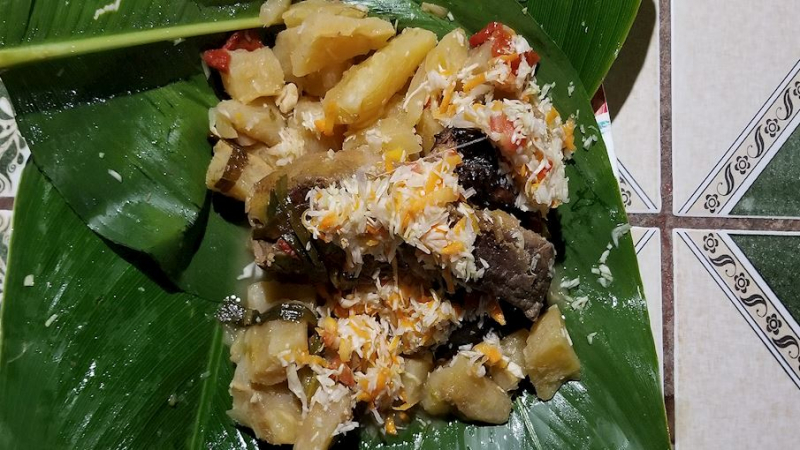
Photo: HUNGRYGUYONABICYCLE 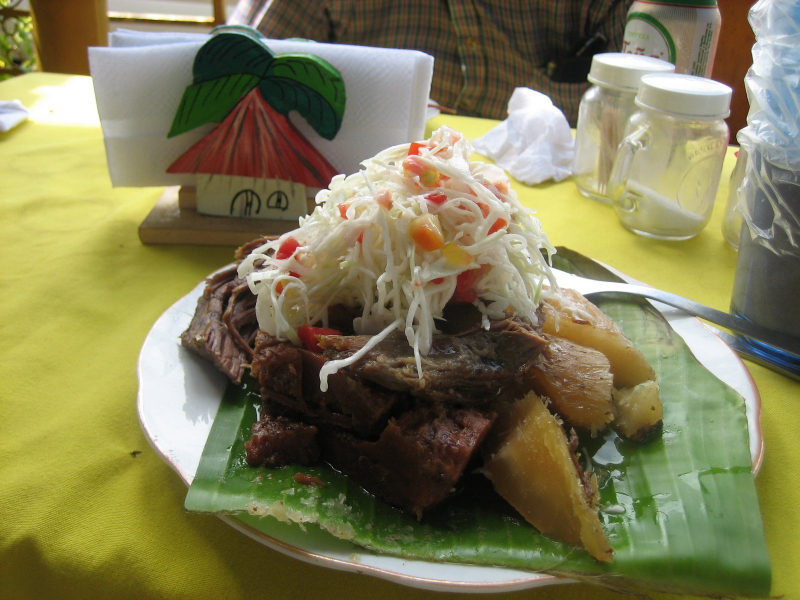
Photo: Wikipedia -
Arroz a la plancha is a traditional rice dish from Nicaragua. The rice is prepared a la plancha, which refers to the unique cooking method of grilling food on a round, flat metal plate. To make this dish, first boil the rice in water or stock until it is tender, then cook portions of it on a hot plancha or nonstick pan until the exterior becomes slightly crispy and caramelized.
Using a round or square mold, rice portions are frequently shaped while cooking on the plancha or pan. This dish can be made in a variety of ways, and the grilled rice can be served with a variety of accompaniments. One recipe calls for cooking the rice in fish fumet and then combining it with sautéed shrimp, calamari, or chipirones (baby squid or small cuttlefish).
This rice delicacy has a texture similar to paella's signature crispy, caramelized bottom.
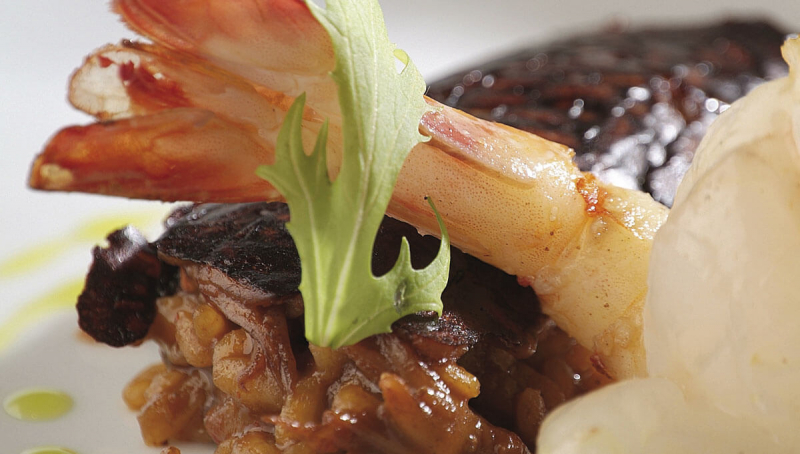
Photo: Castey 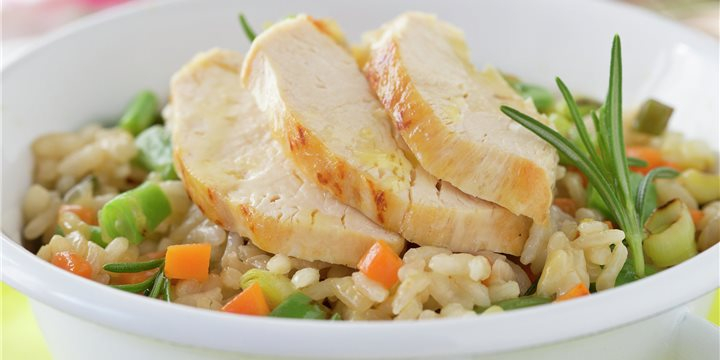
Photo: Lecturas -
Vigorón is said to have originated in Granada, where it was first created in 1914, but it is now popular throughout Nicaragua. It is classified as a street food because it is typically sold at bus stations and stops, markets, along roadsides, or by street vendors. It is sold wrapped in a plantain leaf, which locals simply unwrap and eat with their hands, no cutlery required!
Vigorón is made with a wholesome base of yuca (cassava) that has been boiled to a soft and creamy consistency, crunchy pieces of chicharrón or charrasca (fried pork belly or pork rinds), and a repollo salad of cabbage, carrots, and tomatoes that has been drizzled with vinegar and seasoned with salt. It's absolutely delectable.
Some Nicaraguans believe that vigoron is incomplete without the addition of mimbro, a tangy fruit from the cucumber tree. When sold by street vendors, this combination of ingredients is served in banana leaves. Mara Luisa Cisneros Lacayo, who had an interesting nickname – La Loca – is thought to have invented vigorón in Granada in 1914.
Dr. Alejandro Barberena Pérez claims she named the dish after seeing an advertisement for the eponymous medicinal tonic.
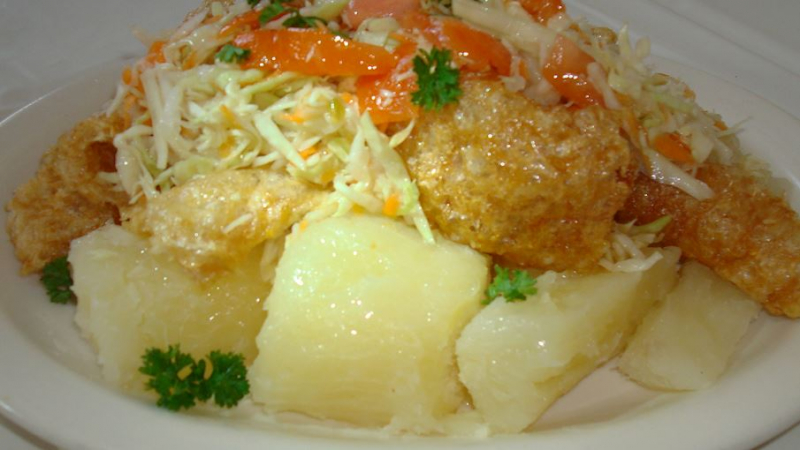
Photo: NICARAGUAN FOOD 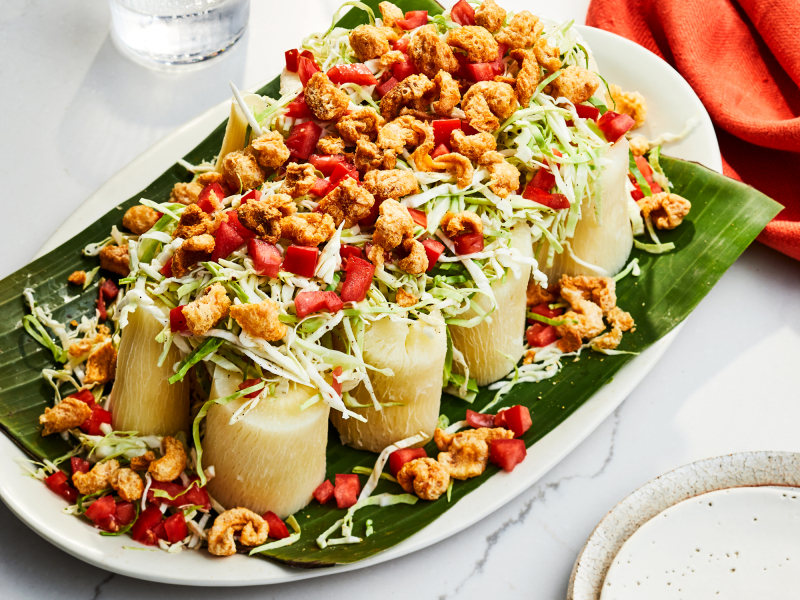
Photo: Food & Wine Magazine -
Rosquillas are traditional Spanish deep-fried donuts with a fluffy texture and a hole in the center. They are usually prepared during the Holy Week celebrations. Although there are many different types of rosquillas, the classic ones are made with a combination of eggs, sugar, milk, oil, lemon zest, flour, baking powder, and anisette, which gives these tasty donuts a distinct flavor.
Another traditional type of rosquilla is made with sweet muscat wine (moscatel), and these donuts are called rosquillas de vino. Rosquillas are typically served as a sweet snack after being deep-fried and topped with cinnamon sugar.
Interestingly, in Honduras, rosquillas are baked rather than deep-fried, and they are made with corn masa and curd cheese.
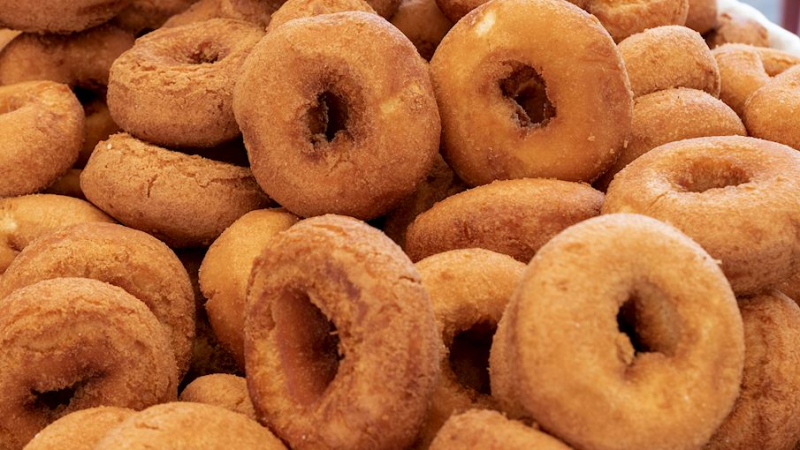
Photo: SHUTTERSTOCK 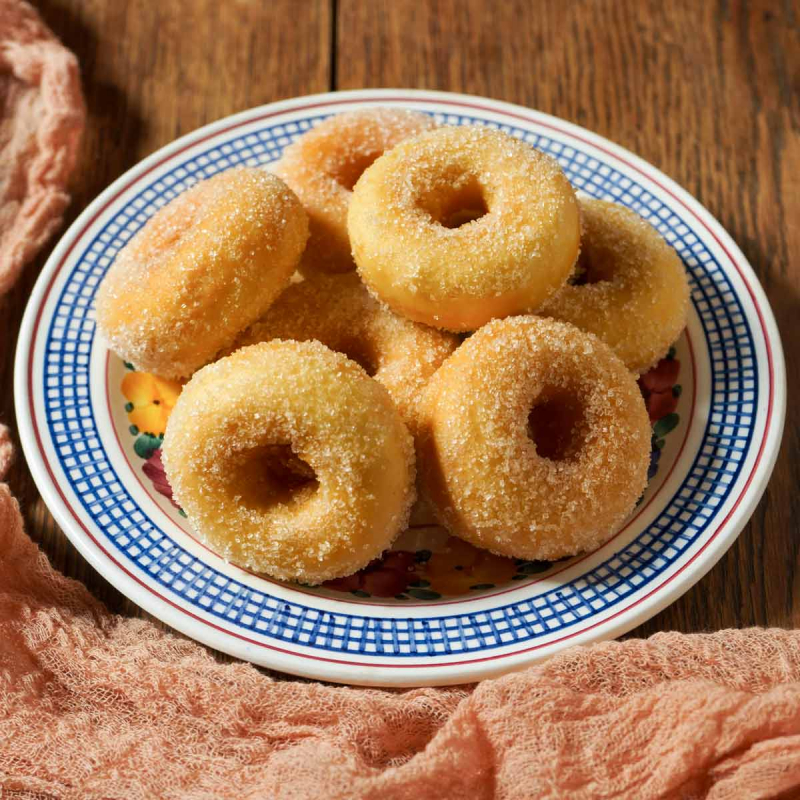
Photo: 196 Flavors -
The term quesillo literally translates to "little cheese," and it may refer to a different food product depending on where you are in Latin America.
Quesillo is a popular snack in Nicaragua, and it originated in the León Department, with Nagarote and La Paz Centro being designated as its birthplace.
Wrap a freshly cooked corn tortilla around thin slices of the soft and chewy cheese (which immediately begins to melt) and top with pickled onions, a pinch of salt, and a generous spoonful of sour cream. Locals recommend pairing it with fresco de tiste, a traditional cocoa-based beverage.
Quesillo is frequently sold at bus stops, stations, roadside stands, and especially on the carretera (highway) that connects Managua and Leon, where the numerous quesillo stands are easy to spot.
It can be eaten with a fork or spoon, but it is usually served in a plastic bag. Locals will tie the bag in a knot, tear off one of the corners, and then squeeze the cheese through the gap to enjoy this salty treat. It may appear to be an unusual technique, but once you've tried it, you'll never eat it any other way!
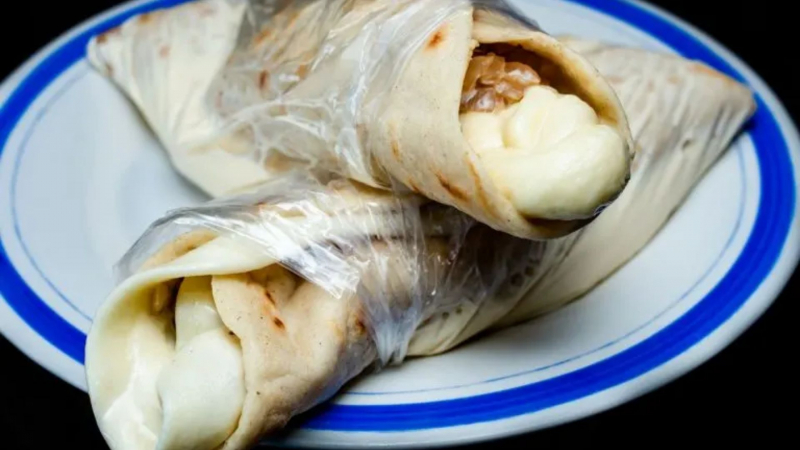
Photo: nomadparadise.com 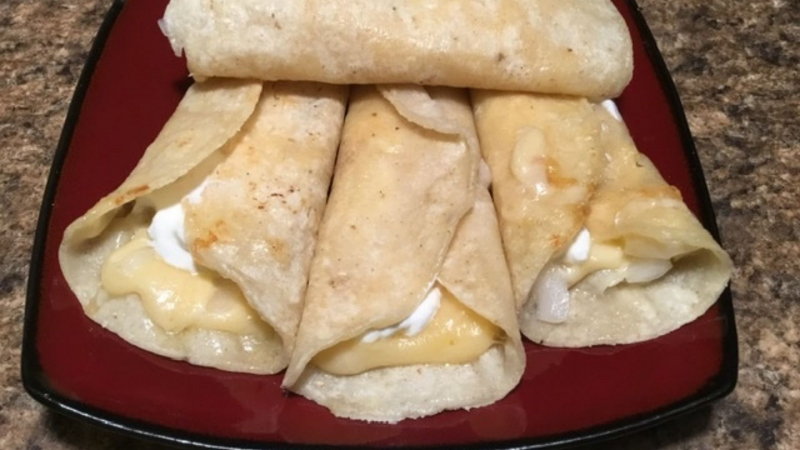
Photo: STONED SOUP -
Desayuno típico or desayuno nica is a popular breakfast option in Nicaragua, served with a cup of strong coffee or a variety of drinks and juices.
Desayuno tipico varies by region and is essentially a combination of foods that make up a breakfast dish, similar to the British Full English. It typically consists of a generous portion of Gallo Pinto (beans and rice, see #10 on this list) with eggs (fried or scrambled, with vegetables and/or ham), a few squares of fresh or fried cheese, fried sweet plantains, and corn tortillas.
Extras such as avocado, sour cream, and pico de gallo, which is made with finely chopped onions, green peppers, and tomatoes in vinegar or lime juice, can always be requested.
When ordering a Desayuno Tpico in a hotel or comedor, fresh fruit chunks such as banana, pineapple, watermelon, and cantaloupe may be served on the side.
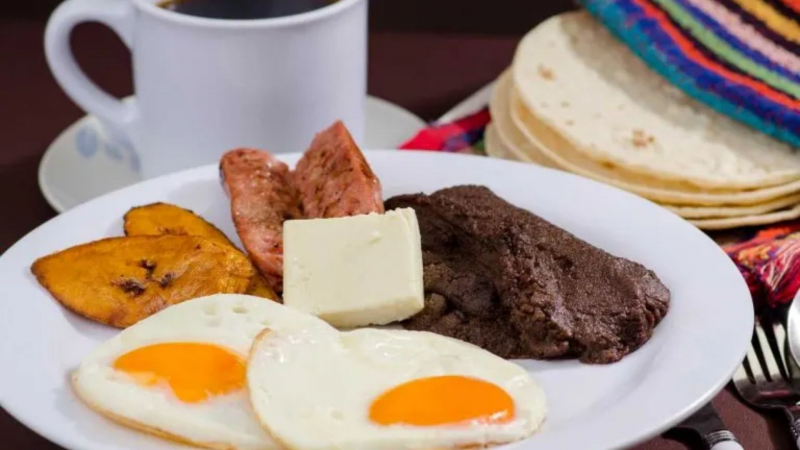
Photo: nomadparadise.com 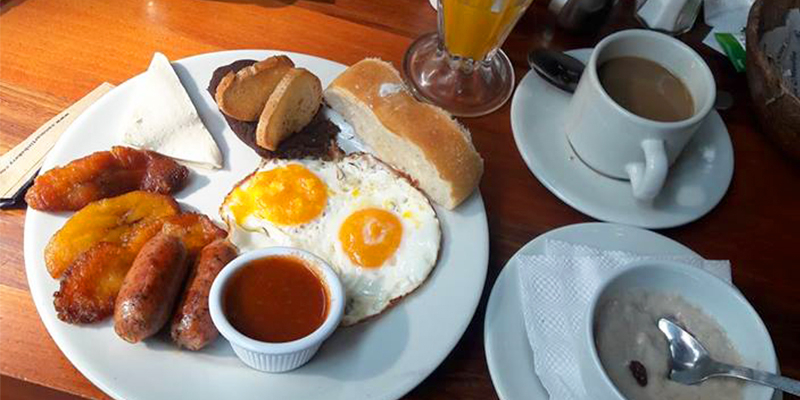
Photo: Aprende Guatemala.com -
Caballo Bayo is a typical and scenographic buffet that showcases a variety of different traditional Nicaraguan gastronomic preparations kept in clay bowls and pots. These pots, known as inditos, keep food warm for longer periods of time and are decorated to depict the faces of indigenous people.
Caballo Bayo is more than just a dish; it's a collection of traditional Nicaraguan dishes prepared and served in indigenous-era clay pots known as inditos.
The inditos, which are served buffet-style, allow the food to stay warm for longer and are decorated to depict indigenous people's faces.
Caballo Bayo has no written rules and can be tailored to one's preferences and budget. Some of the most common dishes are mashed red beans, shredded or fried beef, pork, and chicken, moronga (blood sausage), chicharrón (fried pork belly or pork rinds), fried sweet plantain, guacamole, pico de gallo, shredded or crumbled cheese and sour cream, and a typical sweet or dessert to finish the meal.
Caballo Bayo is mostly prepared for special occasions and holidays, and the dishes are typically served in clay or wooden dishes covered with a plantain leaf.
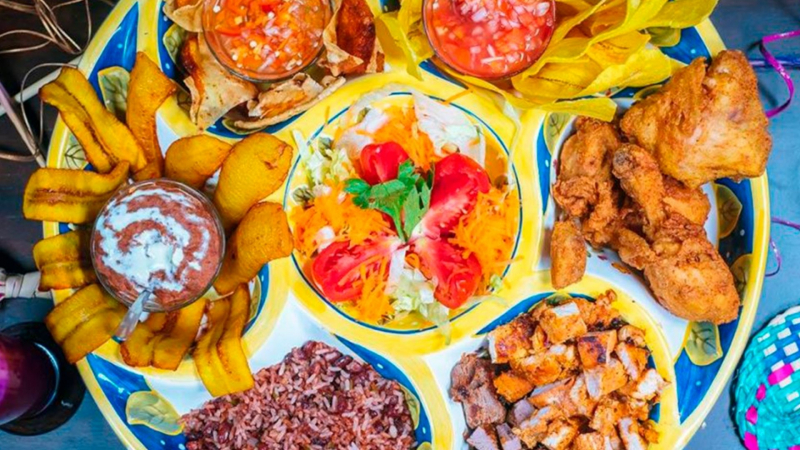
Photo: Aceite Ideal 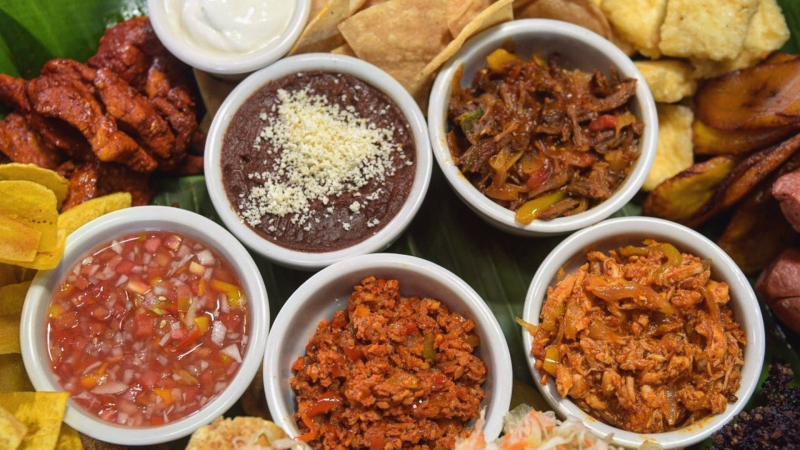
Photo: Twitter -
Gallina Rellena translates to "stuffed hen," and it is a traditional dish served in Nicaragua during the month of December. The feast of the Conception of the Virgin Mary kicks off the Gallina Rellena season, and the dish remains popular all the way through Christmas and New Year's.
To make this Nicaraguan favorite, the hen is brined first, then stuffed with a creamy, sweet and sour stuffing before being baked in the oven.
The stuffing, or relleno, varies from household to household, but commonly includes pork meat and a variety of vegetables such as garlic, onions, celery, chayote, carrots, green peppers, and potatoes.
Breadcrumbs, milk, wine, butter, mustard, and tomato sauce help to hold the stuffing together, while raisins, capers, olives, and dried prunes can be found in various variations.
Gallina Rellena, served with plenty of bread, is a must-try Nicaraguan dish during the holiday season. Locals even prefer the next day's serving of stuffing, or recalentado!
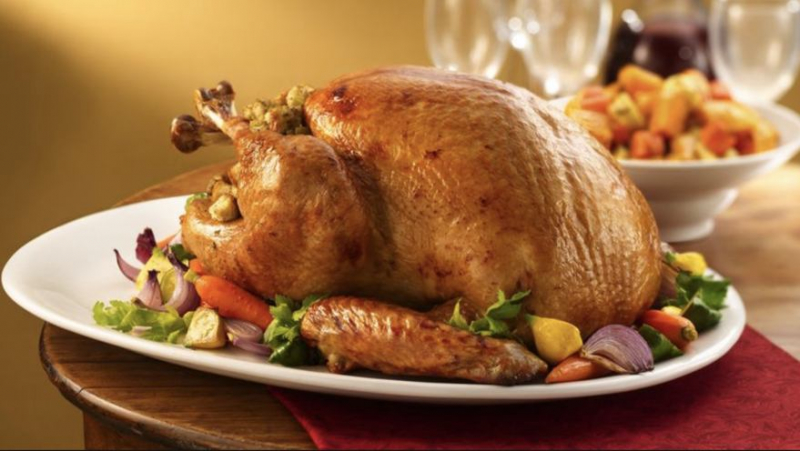
Photo: QueBuenaSazon.com 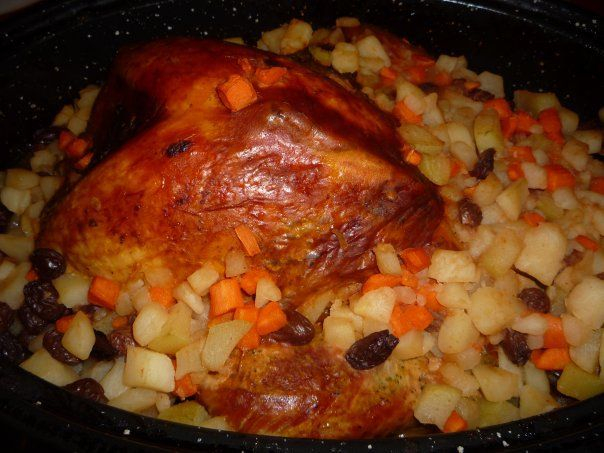
Photo: Pinterest -
Rondón is a Jamaican one-pot dish that is popular on Nicaragua's Atlantic coast and in many other Caribbean countries.
One of the many names for this dish (run dun, fling-me-far, and fling me are three of many) comes from the term "run down," which refers to the act of using whatever ingredients you "run down" to at the end of the week.
Rondón is a thick, spicy, and flavorful stew served in Nicaragua with toasted coconut and tostones (fried green plantain).
The dish is traditionally made with seafood, such as lobster, shrimp, and fish, but other types of meat, such as beef, pork, or even turtle meat, are not uncommon.
Many different root vegetables (potatoes, plantains, yuca, quequisque, carrots, peppers) and Creole spices are also used in this dish, which is cooked with meat, fish stock, and fresh coconut milk.
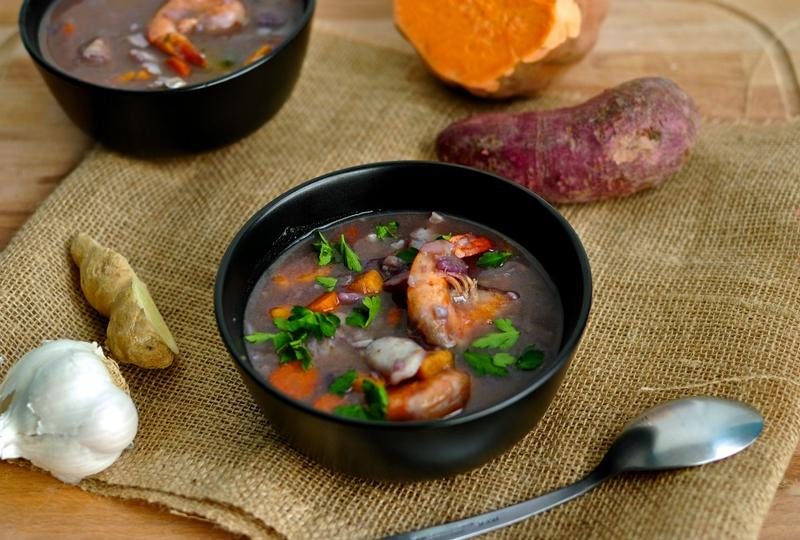
Photo: World Food Guide 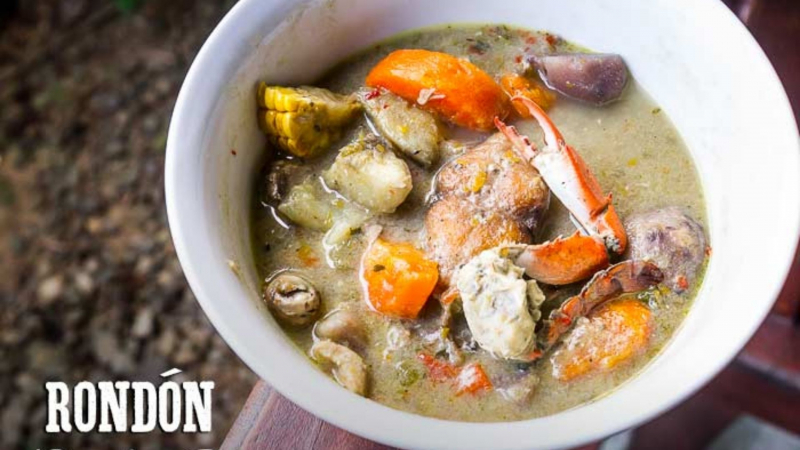
Photo: Recetas de Nicaragua -
Pinol and Pinolillo are sweet traditional drinks that have become some of Nicaragua's most recognizable symbols. Indeed, it is very common to hear locals proudly refer to themselves as Pinoleros or Pinoleras!
Pinolillo is a ground mixture of toasted white corn, a much smaller proportion of toasted cacao beans, and spices such as cinnamon, allspice, and cloves.
Pinol is a much simpler dish, made only of corn and spices. Pinol and Pinolillo are both made by adding water or milk and the desired amount of sugar to a dry mixture to create a slightly gritty drink.
There are variations on these recipes, such as tibio, a thicker drink that is served warm. It is traditionally consumed early in the morning or just before bed after cooking Pinol or Pinolillo powder in water or milk for some time.
Tiste, on the other hand, is served cold, but the mixture used to make it is a dough rather than a powder due to the significantly higher cacao content.
All of these drinks, as well as semilla de jicaro and pozol, are traditionally served in handcrafted gourds known as jicaras or cumbos, which are popular souvenirs in many Latin American countries. These containers are made from the shells of jicaro (Crescentia alata) tree fruits that have been emptied and dried before being decorated.
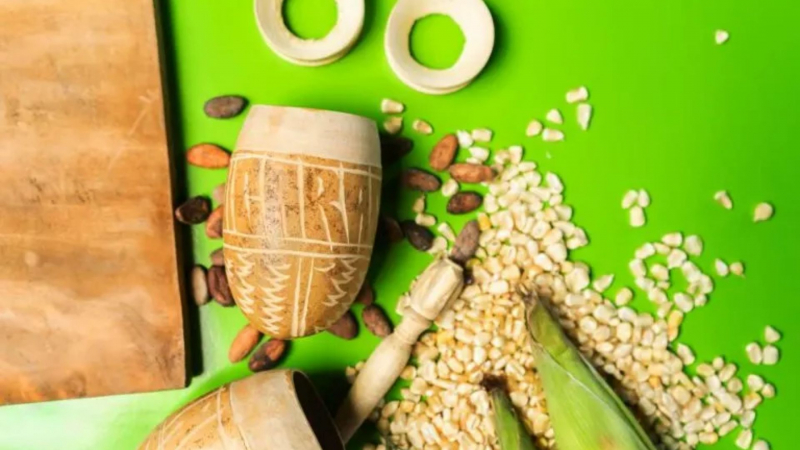
Photo: nomadparadise.com 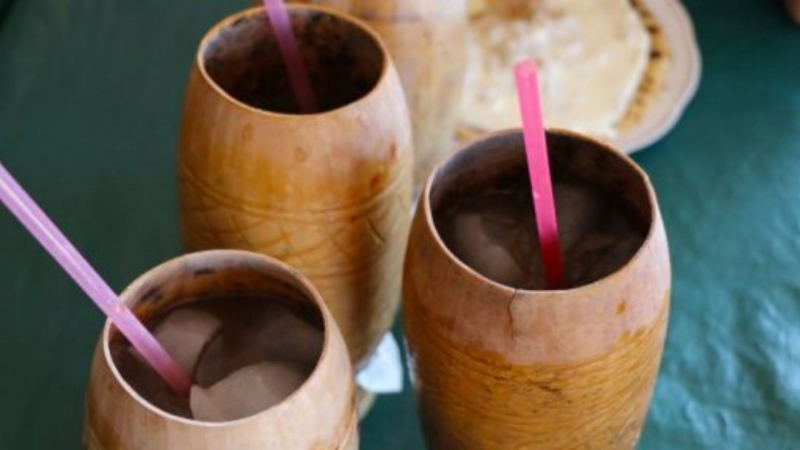
Photo: Nicaraguan Recipes -
Pio V is a dessert served on special occasions, most notably at Christmas. Its exact origin is unknown, but it is thought to have been named after Pope Pius V by Dona Juana Lazo de Figueroa.
This was the name of the Spanish chef tasked with creating a dessert to impress Nicaragua's newly appointed Governor, Don Alonso de Casaos, in León in December 1566.
She was able to combine native ingredients with recipes from the "Old World" in such a way that Pio V is still one of Nicaraguan cuisine's most popular desserts to this day.
The dish is made up of three components that have been thoughtfully combined to provide an extraordinary contrast of flavors and textures: a soft sponge cake called marquesote, an alcoholic syrup called miel or sopa borracha (literally drunken soup, given the presence of rum), and a Spanish natilla-inspired custard cream (manjar or atol) that will only reach the right thickness with the addition of corn starch.
This magnificent dessert is finished with a sprinkling of cinnamon, and raisins and dried prunes soaked in local rum are frequently added to the recipe for flavor and decadence.
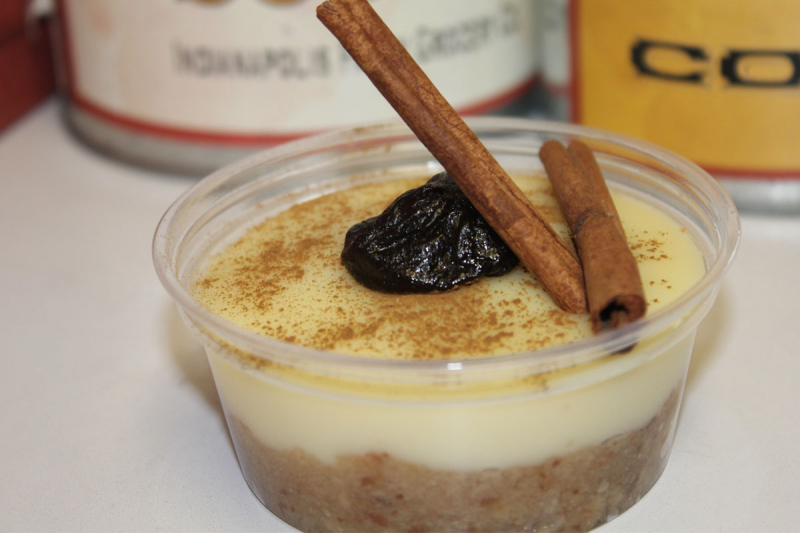
Photo: Harinas Monisa 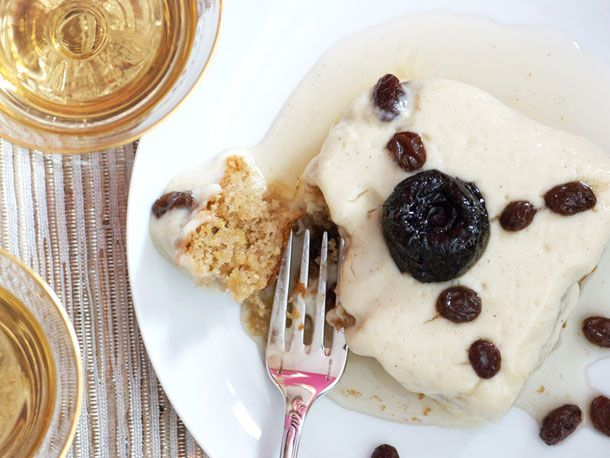
Photo: Serious Eats -
Dulces Marianos is one name for the many different, colorful sweets that are typically sold in Nicaragua from mid-November to January. This time period encompasses both the Christmas holidays and La Purísima, the most popular feast for the majority of locals.
La Purísima ma is a nine-day devotion dedicated to the Conception of the Virgin Mary that takes place between November 28th and December 8th. Every novena day, family, friends, and neighbors gather to pray and sing to the Virgin Mary, as well as to exchange sweets, candies, and treats.
Such sweets can be purchased individually, in pre-packaged trays, or in handcrafted baskets, and always include some fudge. Bright pink coconut fudge (cajeta de coco), milk fudge (cajeta de leche), papaya fudge (cajeta de papaya or pionates), and coyolito are all common sights (fudge made from coyol, a special palm tree fruit).
Bienmesabe, a dessert of fried green plantain strips caramelized in cane sugar, is another Dulces Marianos favorite.
Finally, no La Purísima is complete without Gofio, a diamond-shaped candy originally from northern Nicaragua. It's made with pinol (toasted ground white corn), spices (ginger, nutmeg, anise, cinnamon), and miel, a caramel made from black cane sugar.
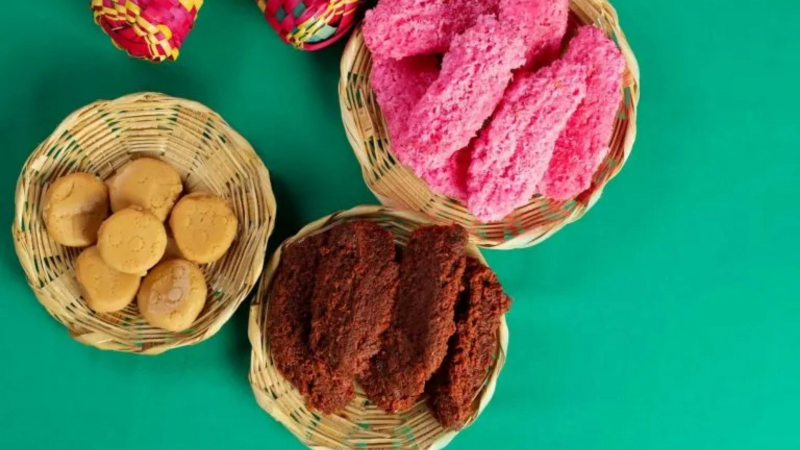
Photo: nomadparadise.com 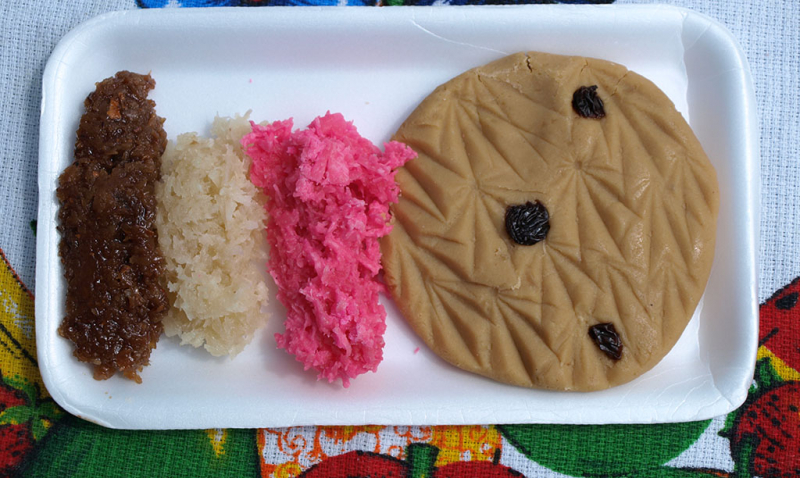
Photo: El Nuevo Diario

















